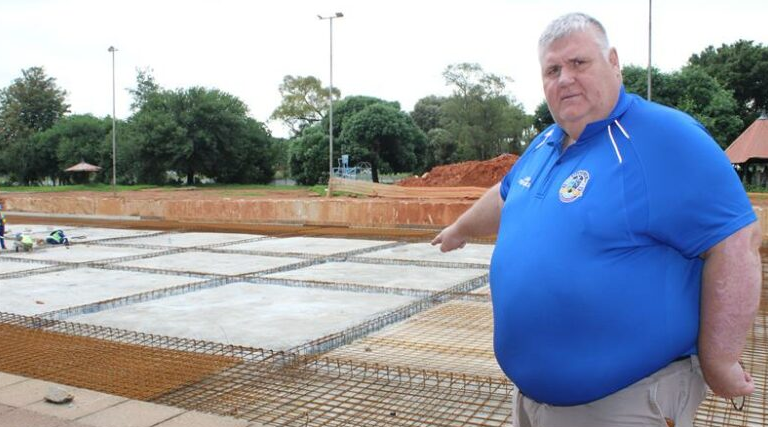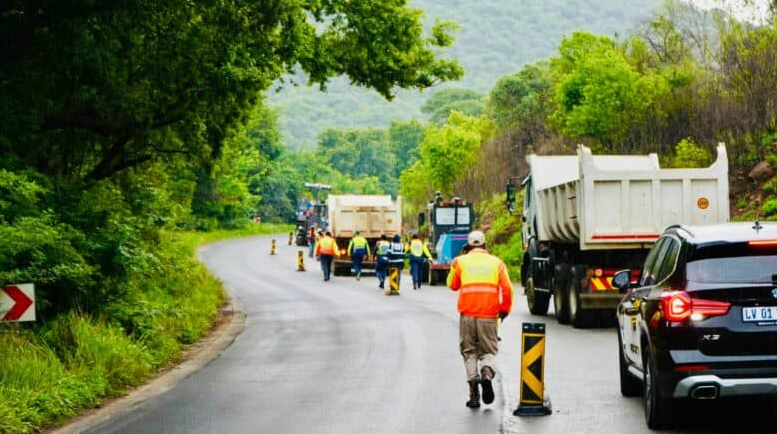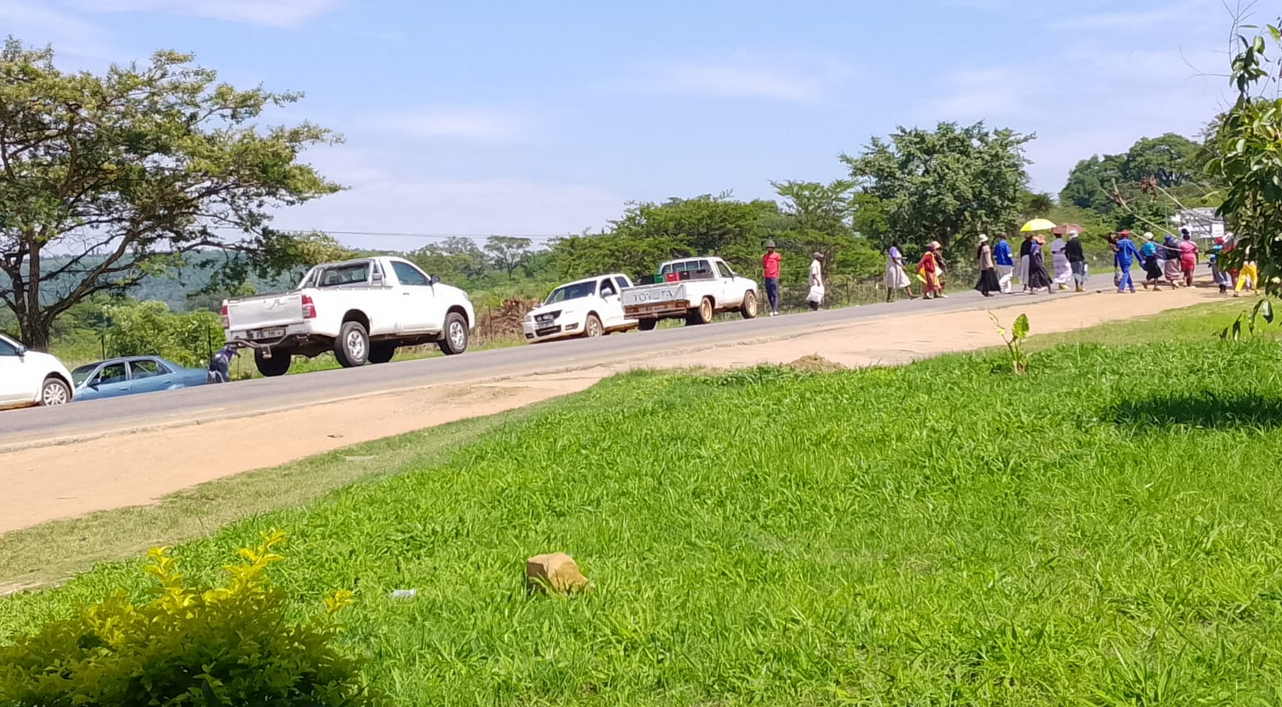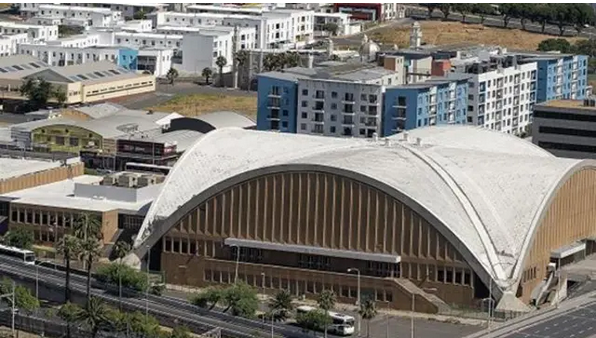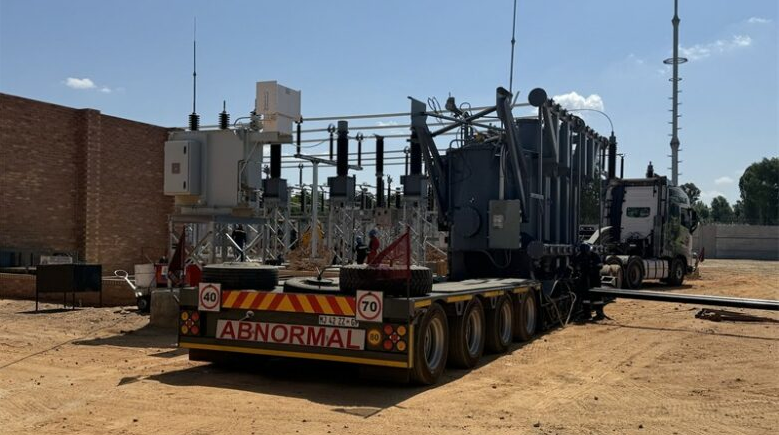Two new Eskom-free car charging stations begin construction

Advertising
26-11-2025
Read : 7 times
My Broadband
Source
Electric vehicle (EV) charging point operator (CPO) Zero Carbon Charge has broken ground on two more fully off-grid stations in South Africa.
The Charge N3 Roadside and Charge N3 Tugela stations will be located 180km apart on the N3 between Johannesburg and Durban.
The Roadside station in the Free State will be about 180km from Johannesburg, while the Tugela facility in KwaZulu-Natal will be around 200km from Durban.
The spacing is ideal for EV owners with slightly smaller batteries, such as those with a long-distance range under 300km, who need to charge twice along the roughly 570km route.
While there are already several charging stations from GridCars and Rubicon along the highway, these facilities rely on power from Eskom.
Like its first station next to the N12 between Klerksdorp and Wolmaransstad, which has been operating for roughly a year, Charge’s two new facilities will use no power from the grid.
They will rely primarily on two power sources — a large on-site solar power plant and battery energy storage system — as well as a biodiesel backup generator for emergencies.
The company told MyBroadband the new charging station’s designs and specifications will be identical to its first station.
That facility features six DC fast chargers, providing up to 480kW of output, and two AC chargers, each with a maximum output of 22kW.
These are powered by a 280kWp solar power plant consisting of 480 bifacial panels, a 546kWh battery energy storage system, and 250kVA backup generator.
The sites form part of Charge’s national rollout of South Africa’s first network of 120 off-grid EV charging stations.
Zero Carbon Charge said that the rollout was made possible through an investment by the Development Bank of Southern Africa (DBSA).
“We are grateful to the DBSA for believing in Charge’s vision and providing the investment that has made these N3 sites possible,” said Charge executive chairman and co-founder Joubert Roux.
“We also pay tribute to our team, whose dedication and hard work have brought us to this momentous occasion.”
Charge expects to complete construction on both stations in 2026. It is also continuing development on at least three more stations in the near future — including one along the N1 in the Western Cape.
Local politicians welcome projects
Roux said the first N3 stations represented the beginning of a national transformation, creating reliable, renewable, and accessible charging for all South Africans.
To commemorate the achievement, Charge hosted sod-turning ceremonies at both locations, which were attended by provincial leadership, municipal officials, and national partners.
KwaZulu-Natal MEC for economic development, tourism and environmental affairs Reverend Zondi highlighted the importance of this development for KwaZulu-Natal’s economic future.
“The N3 is central to trade and tourism in KZN, and the arrival of fully off-grid, ultra-fast charging infrastructure shows our readiness to lead in the future economy,” Zondi said.
“This is exactly the type of investment that creates jobs, builds capacity, and strengthens our green industrialisation pathway.”
At the Charge N3 Roadside sod-turning, Free State MEC for economic development, tourism and environmental affairs, Ketso Makume, welcomed the project’s economic and environmental contributions.
“By decarbonising transport along the N3, this project supports our provincial goals for a cleaner, more resilient economy,” Makume said.
“It brings construction and technical jobs into our communities and strengthens the Free State’s position in the emerging clean-energy value chain.”
Zero Carbon Charge has also recently rolled out a first-of-its-kind feature for public charging stations — a DC-to-DC charger at the Premier Resort Sani Pass.
This station is capable of directly charging an EV’s battery with DC current from its solar panels. In typical setups, the DC current is first converted into AC power and then back to DC for the battery.
This charger was introduced in partnership with Volvo, which used it to top up the battery of its EX30 Cross Country to become the first EV to conquer the iconic and challenging Sani Pass mountain route.
Recent News
Here are recent news articles from the Building and Construction Industry.
Have you signed up for your free copy yet?

